This spring, the Harvard Law School Library’s ongoing book talk series featured books by Tomiko Brown-Nagin, Joseph D. Kearney ’89 and Thomas W. Merrill, Anna Lvovsky, Mark Tushnet, and a volume edited by Michael Ashley Stein ’88, Faraaz Mahomed, Vikram Patel, and Charlene Sunkel. In this ongoing series, faculty and HLS-affiliated authors from various disciplines share their research and discuss their recently published works with the Harvard Law community.
Civil Rights Queen: Constance Baker Motley and the Struggle for Equality
Tomiko Brown-Nagin
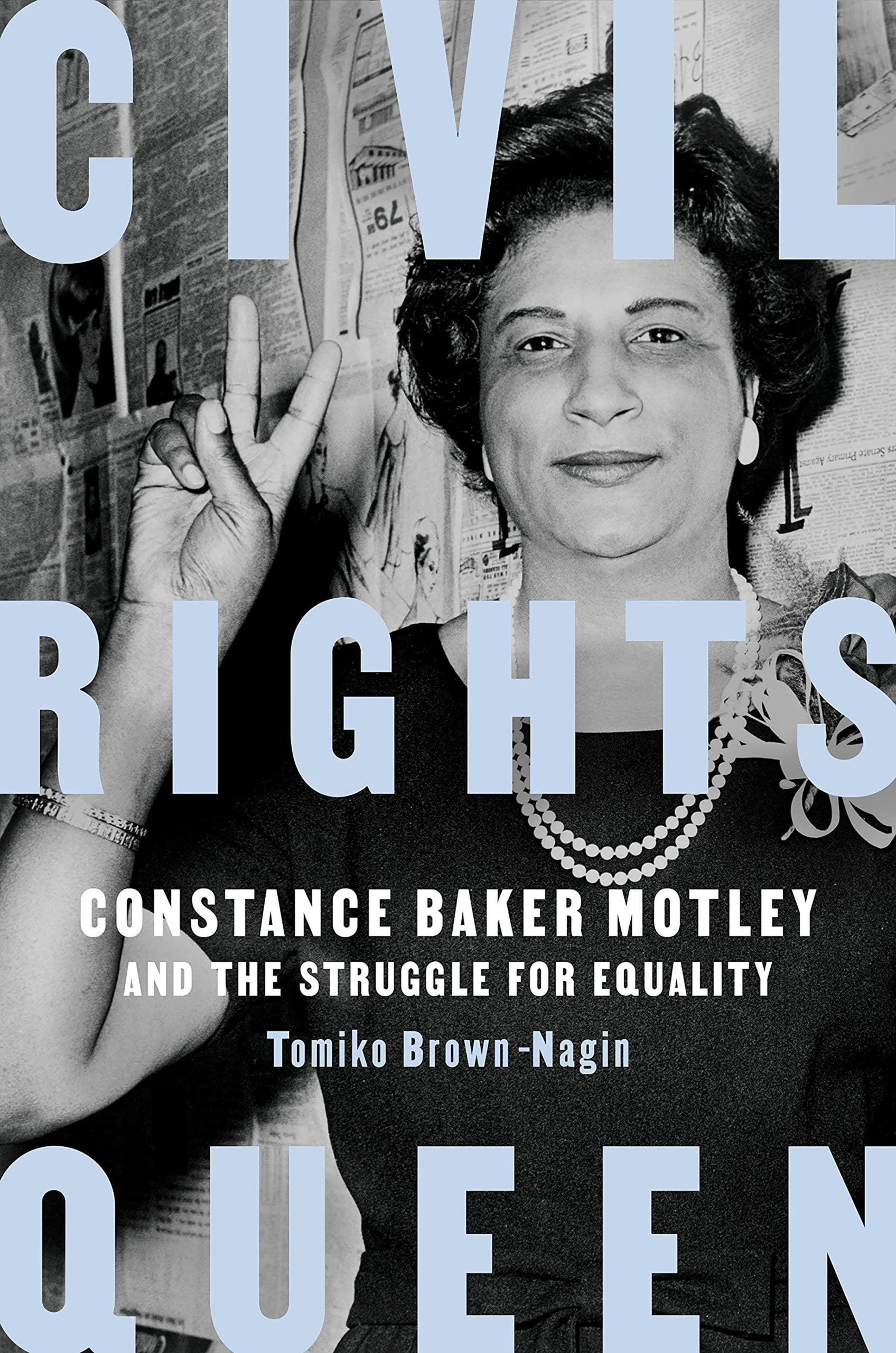
In the first talk of the semester, author Tomiko Brown-Nagin, HLS Professor and Dean of the Radcliffe Institute for Advanced Study, discussed her book with a panel of civil rights experts, including Professor Kenneth Mack ’91, Georgetown Law Professor Sheryll Cashin ’89, and Harvard University Professor Evelyn Brooks Higginbotham.
More about the book from Pantheon: “Born to an aspirational working-class family during the Great Depression, Constance Baker Motley was expected to make a career as a hairdresser. Instead, she earned a law degree and used it to transform American society. The only woman member of the NAACP Legal Defense Fund’s legal team for many years, Motley helped litigate Brown v. Board of Education, defended Martin Luther King in Birmingham, and played a critical role in vanquishing Jim Crow laws in throughout the South … Motley was first woman elected borough president of Manhattan and the first black woman elected to the New York Senate. In a third act that capped off her career, the famed civil rights lawyer became the first Black woman appointed to the federal judiciary. Burnished with an extraordinary wealth of research and an incisive examination of gender, race, and class, “Civil Rights Queen” tells the inspiring story of a remarkable American life and of a tumultuous period of social change. Through this lens of Motley’s life, Tomiko Brown-Nagin asks us to ponder some of our most timeless and urgent questions: How do historically marginalized people access the corridors of power? How does access to power shape individuals committed to social justice? And, what is the price of the ticket?”
Lakefront: Public Trust and Private Rights in Chicago
Joseph D. Kearney ’89 and Thomas W. Merrill
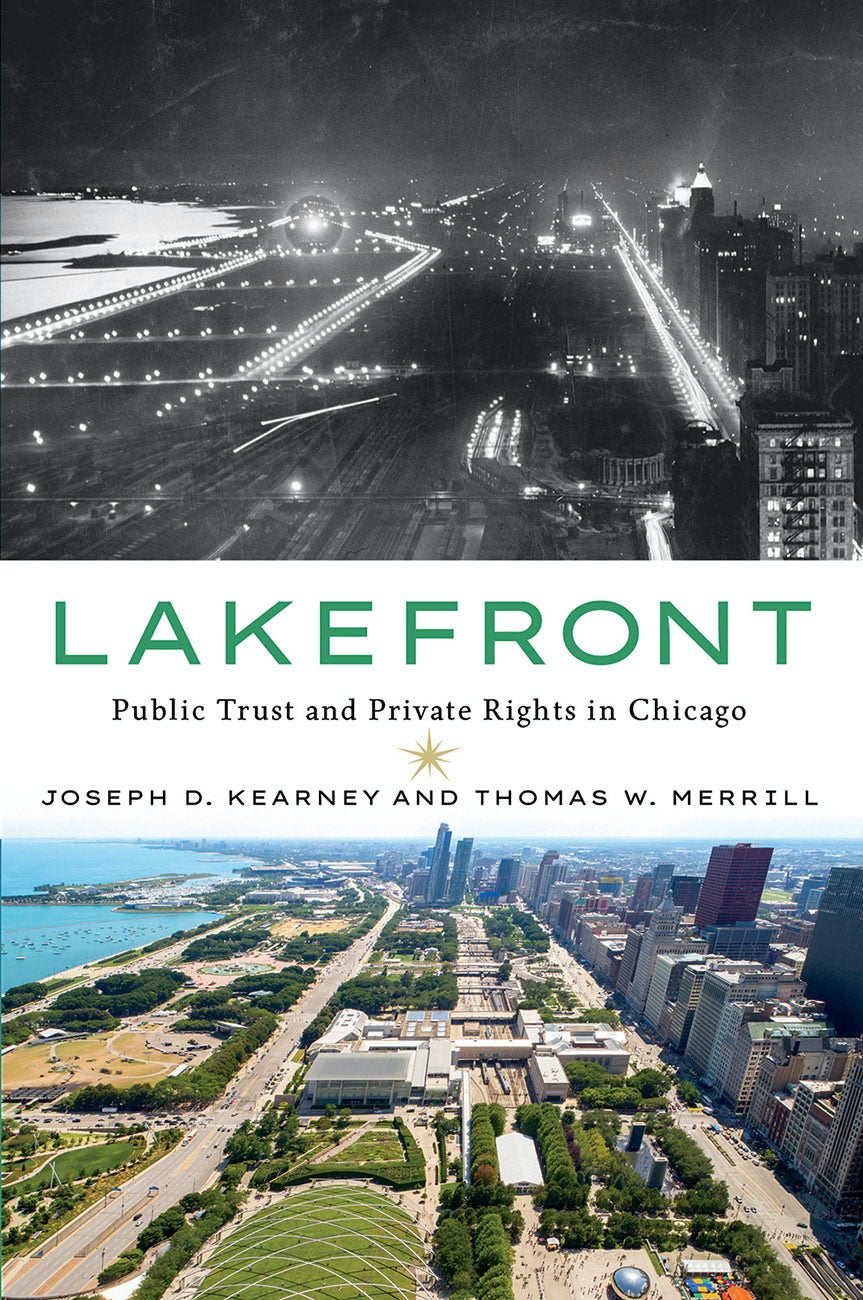
This discussion with the authors featured Harvard Law Professors Henry Smith and Richard Lazarus ’79, and Carol Rose, professor emeritus at Yale Law School.
More about the book from Cornell University Press: “How did Chicago, a city known for commerce, come to have such a splendid public waterfront — its most treasured asset? The book’s authors study the lakefront’s evolution from the middle of the nineteenth century to the twenty-first. Their findings have significance for understanding not only Chicago’s history but also the law’s part in determining the future of significant urban resources such as waterfronts. The Chicago lakefront is where the American public trust doctrine, holding certain public resources off-limits to private development, was born. The book describes the circumstances that gave rise to the doctrine and its fluctuating importance over time, and reveals how it was resurrected in the later twentieth century to become the primary principle for mediating clashes between public and private lakefront rights. The book compares the effectiveness of the public trust idea to other property doctrines, and assesses the role of the law as compared to more institutional developments, such as the emergence of sanitary commissions and park districts, in securing the protection of the lakefront for public uses.”
Vice Patrol: Cops, Courts, and the Struggle over Urban Gay Life before Stonewall
Anna Lvovsky
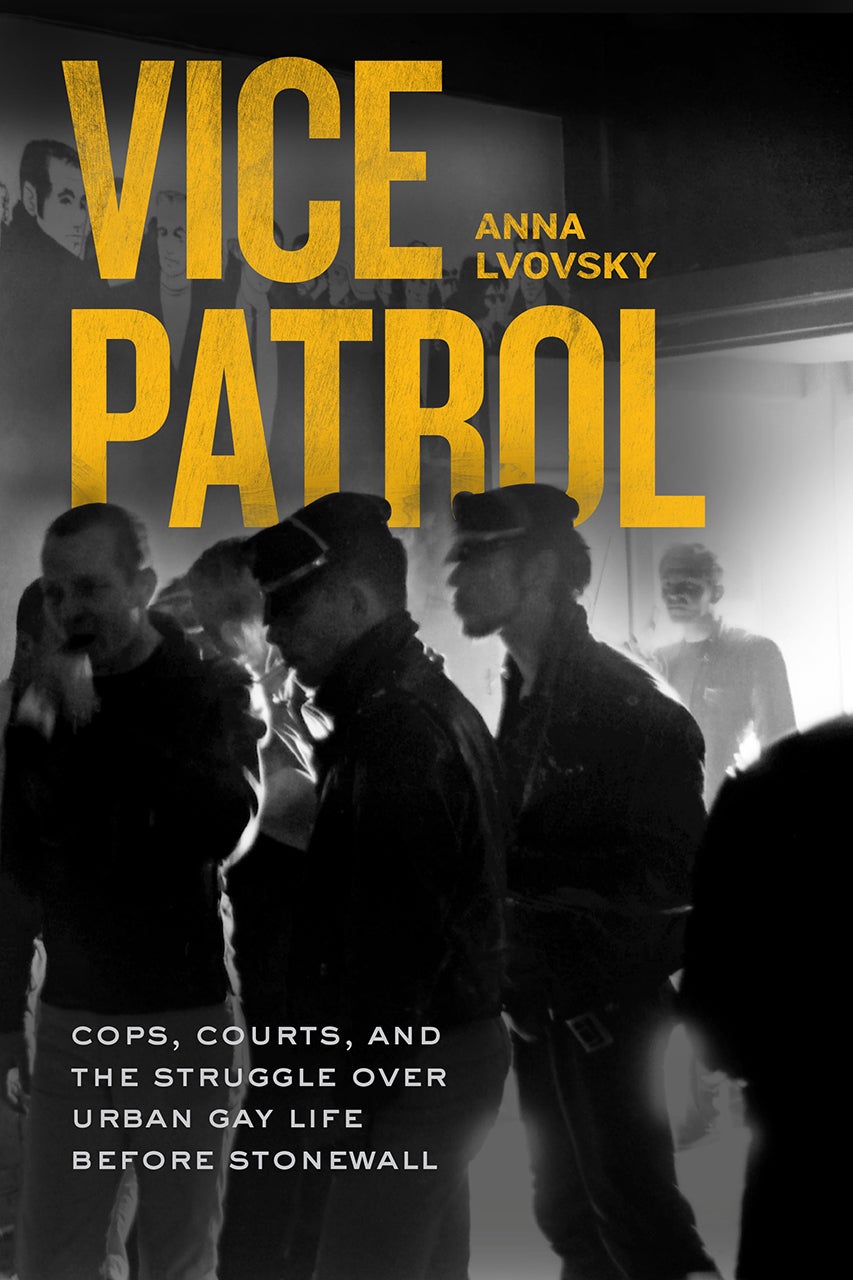
From the University of Chicago Press: “In ‘Vice Patrol,’ Anna Lvovsky … [traces] the tactics used to criminalize, profile, and suppress gay life from the 1930s through the 1960s, and the surprising controversies those tactics often inspired in court. Lvovsky shows that the vice squads’ campaigns stood at the center of live debates about not only the law’s treatment of queer people, but also the limits of ethical policing, the authority of experts, and the nature of sexual difference itself — debates that had often unexpected effects on the gay community’s rights and freedoms. Examining those battles, ‘Vice Patrol’ enriches understandings of the regulation of queer life in the twentieth century and disputes about police power that continue today.”
This discussion with the author included panelists Janet Halley and Jill Lepore.
Mental Health, Legal Capacity, and Human Rights
Edited by Michael Ashley Stein ’88, Faraaz Mahomed, Vikram Patel, and Charlene Sunkel
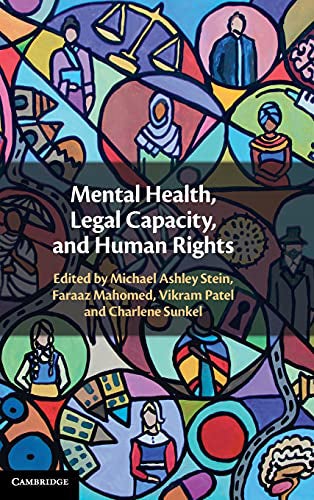
From Cambridge University Press: “Since adoption of the Convention on the Rights of Persons with Disabilities and the interpretive General Comment 1, the topic of legal capacity in mental health settings has generated considerable debate in disciplines ranging from law and psychiatry to public health and public policy. With over 180 countries having ratified the Convention, the shifts required in law and clinical practice need to be informed by interdisciplinary and contextually relevant research as well as the views of stakeholders. With an equal emphasis on the Global North and Global South, this volume offers a comprehensive, interdisciplinary analysis of legal capacity in the realm of mental health. Integrating rigorous academic research with perspectives from people with psychosocial disabilities and their caregivers, the authors provide a holistic overview of pertinent issues and suggest avenues for reform.”
The Hughes Court: From Progressivism to Pluralism, 1930 to 1941
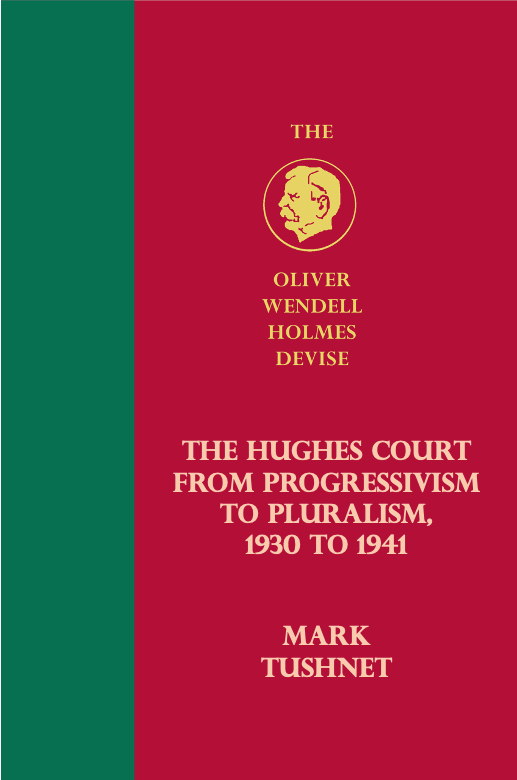
Mark Tushnet
From Cambridge University Press: “‘The Hughes Court: From Progressivism to Pluralism, 1930 to 1941’ describes the closing of one era in constitutional jurisprudence and the opening of another. This comprehensive study of the Supreme Court from 1930 to 1941 — when Charles Evans Hughes was Chief Justice — shows how nearly all justices, even the most conservative, accepted the broad premises of a Progressive theory of government and the Constitution. The Progressive view gradually increased its hold throughout the decade, but at its end, interest group pluralism began to influence the law. By 1941, constitutional and public law was discernibly different from what it had been in 1930, but there was no sharp or instantaneous Constitutional Revolution in 1937 despite claims to the contrary. This study supports its conclusions by examining the Court’s work in constitutional law, administrative law, the law of justiciability, civil rights and civil liberties, and statutory interpretation.”
This discussion with the author featured a host of constitutional law experts including Nikolas Bowie ’14, Richard Fallon, Kenneth Mack ’91, and Adrian Vermeule.
